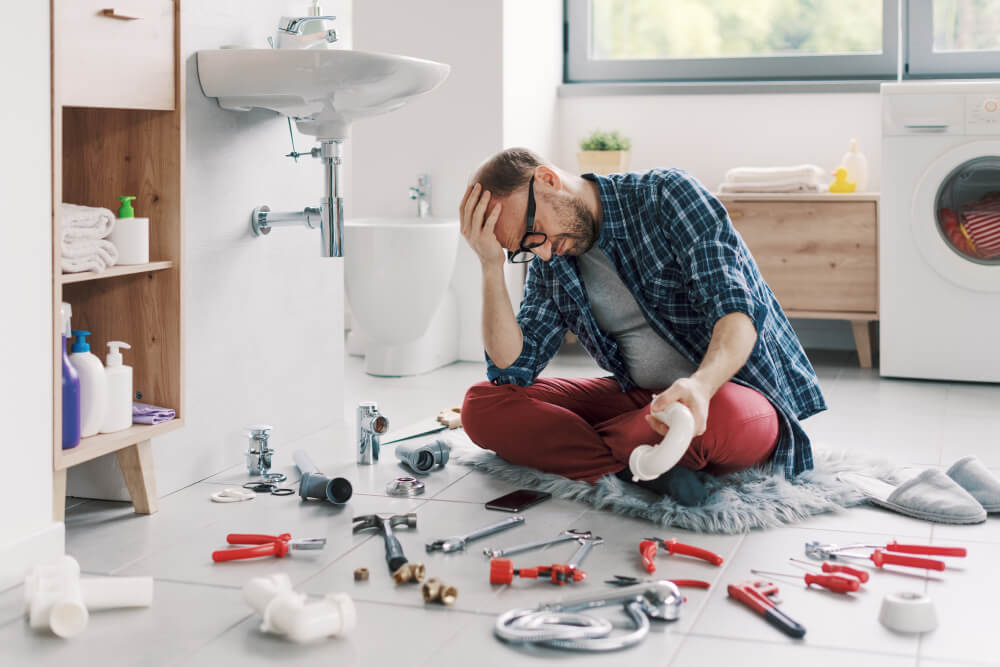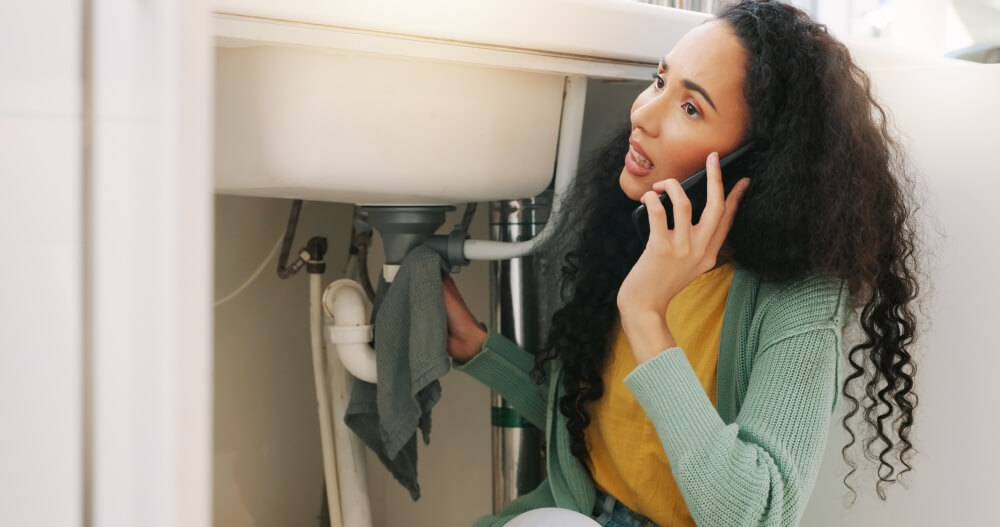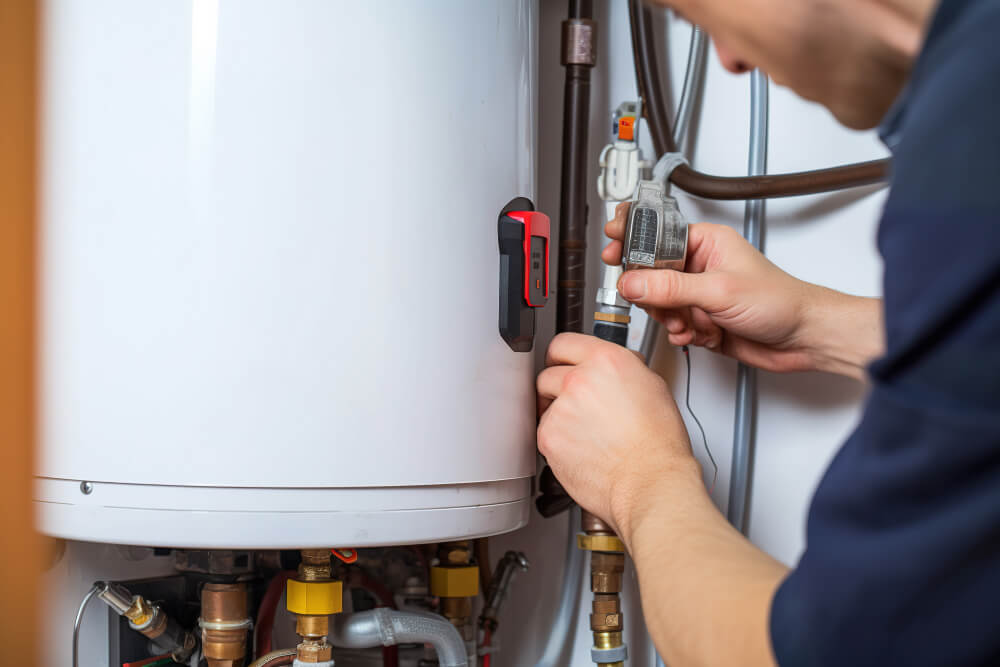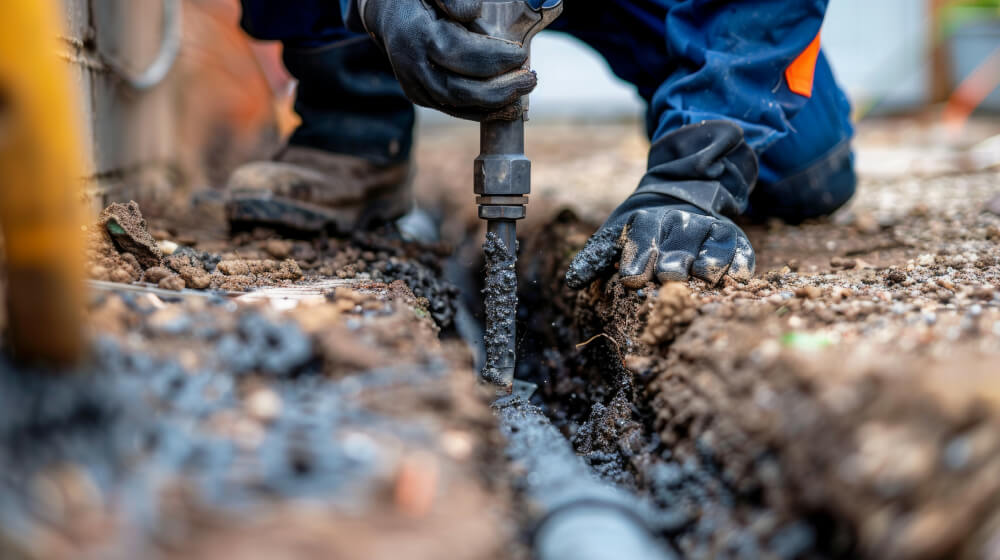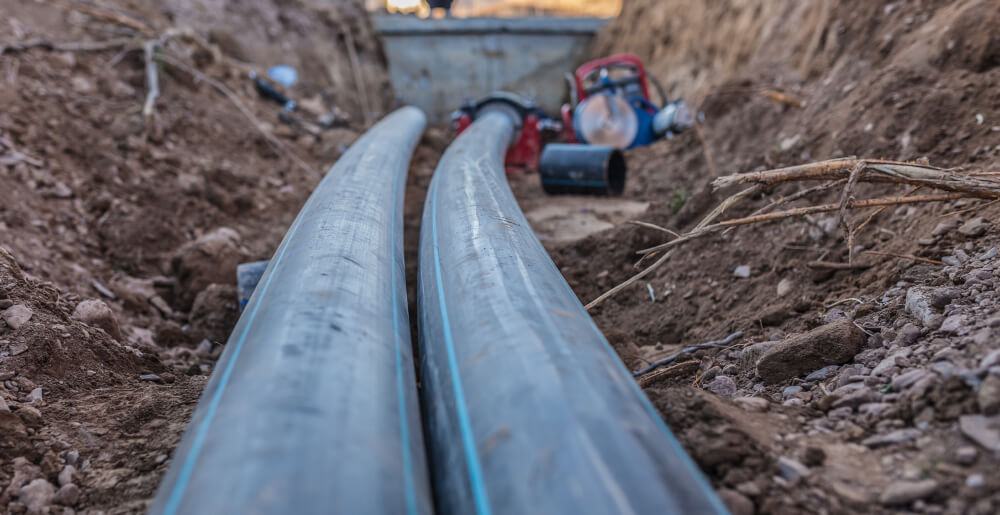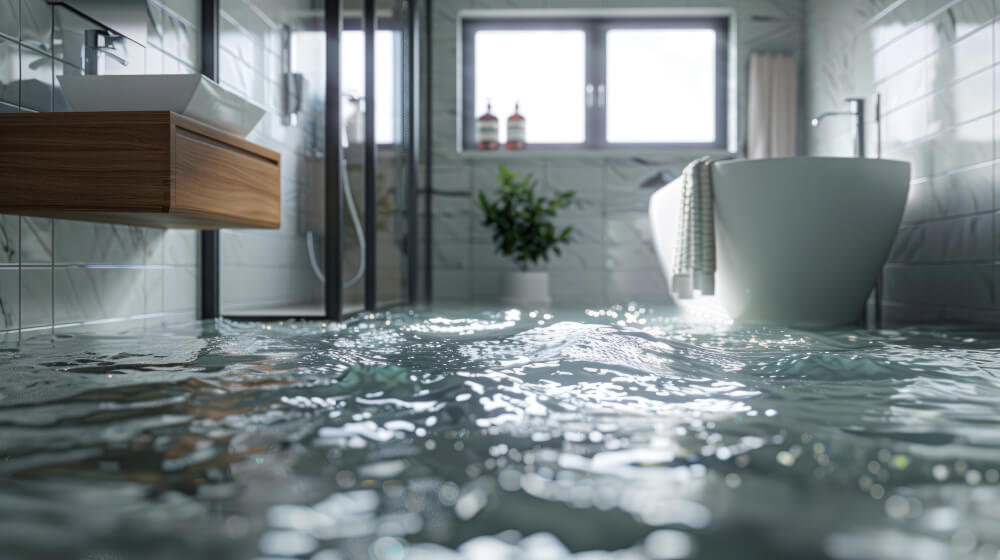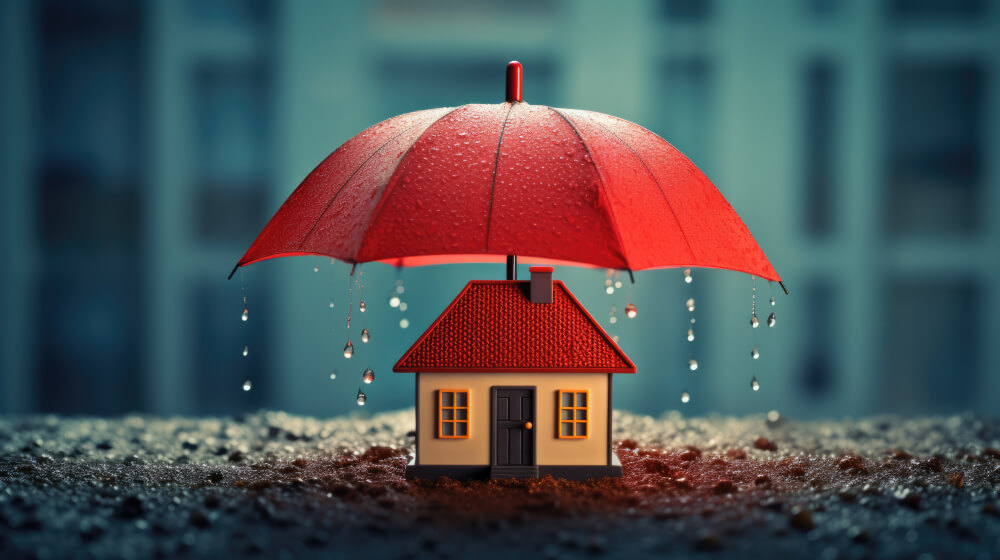Understanding the Importance of Water Conservation
Environmental Impact- Water Scarcity: Freshwater is a limited resource, and many regions face water shortages. Conserving water helps ensure there is enough for everyone.
- Energy Savings: Water conservation reduces the energy required to pump, heat, and treat water, lowering your carbon footprint.
- Protecting Ecosystems: Reducing water usage helps maintain natural habitats and supports biodiversity.
- Lower Utility Bills: Using less water directly reduces your water bills.
- Reduced Energy Costs: Lower hot water usage means less energy spent on heating water, reducing your energy bills.
- Increased Property Value: Eco-friendly upgrades can make your home more attractive to buyers.
Water-Saving Tips
Implementing water-saving practices in your daily routine can make a significant impact. Here are some simple yet effective tips:
Fix Leaks Promptly- Why It’s Important: Leaky faucets, toilets, and pipes can waste a substantial amount of water.
- How to Fix: Regularly inspect your plumbing for leaks and repair them immediately. A dripping faucet can waste over 3,000 gallons per year.
- Why It’s Important: Modern fixtures use significantly less water without compromising performance.
- How to Install: Replace old faucets, showerheads, and toilets with WaterSense-labeled models, which are certified for efficiency. Practice Smart Watering
- Water Early or Late: Water your garden early in the morning or late in the evening to reduce evaporation.
- Use Drip Irrigation: Install drip irrigation systems to deliver water directly to plant roots, reducing waste.
- Collect Rainwater: Use rain barrels to collect and store rainwater for irrigation.
- Why It’s Important: Showers can use a significant amount of water, especially with older, less efficient showerheads.
- How to Practice: Aim to keep showers under 5 minutes and consider installing a low-flow showerhead.
- Why It’s Important: Leaving the tap running while brushing teeth, shaving, or washing dishes can waste a lot of water.
- How to Practice: Turn off the tap while brushing and shaving, and fill the sink with water for washing dishes instead of letting it run.
Why It’s Important: Lawn and garden watering can account for a large portion of household water use.
How to Practice:Join HICP Homeowner’s Alliance
Connect with experts, get special discounts and enjoy member benefits
Water-Saving Devices
Investing in water-saving devices can greatly enhance your home’s efficiency. Here are some key devices to consider:
Low-Flow Fixtures Types:- Low-Flow Showerheads: Use less than 2.5 gallons per minute (GPM) compared to the standard 2.5-5 GPM.
- Low-Flow Faucets: Use 1.5 GPM or less, compared to the standard 2.2 GPM.
- Low-Flow Toilets: Use 1.28 gallons per flush (GPF) or less, compared to the standard 1.6 GPF.
Benefits: Reduce water usage by up to 60% without compromising performance.
Dual-Flush Toilets- Description: These toilets have two flush options: a lower volume flush for liquid waste and a higher volume flush for solid waste.
- Benefits: Can save up to 68% more water compared to traditional toilets.
- Description: Small devices that attach to the end of faucets to reduce water flow while maintaining pressure.
- Benefits: Easy and inexpensive way to reduce water usage by up to 50%.
- Description: Use significantly less water and energy compared to older models.
- Benefits: Can save up to 40% more water and energy, reducing utility bills.
- Description: Modern dishwashers use less water than hand washing, especially when fully loaded.
- Benefits: Use less water per cycle and are more energy-efficient.
- Description: Automatically adjust watering schedules based on weather conditions and soil moisture levels.
- Benefits: Can reduce outdoor water usage by up to 50%.
Advanced Water Conservation Techniques
For those looking to further enhance their water conservation efforts, consider these advanced techniques:
Greywater Recycling Systems- Description: Reuse water from sinks, showers, and laundry for irrigation or toilet flushing.
- Benefits: Can reduce household water usage by up to 50%.
- Description: Collect and store rainwater for various uses, such as irrigation, flushing toilets, and even potable use with proper treatment.
- Benefits: Reduces reliance on municipal water supply and lowers water bills.
- Description: Provide instant hot water by recirculating cooled water back to the heater until it’s needed.
- Benefits: Reduces water waste while waiting for hot water to arrive at the tap.
Adopting eco-friendly plumbing practices and installing water-saving devices can significantly reduce your water usage, lower your utility bills, and contribute to a more sustainable future. By following these tips and investing in efficient fixtures and systems, you can make a positive impact on both your wallet and the environment. Remember, every drop counts, and even small changes can lead to substantial savings over time.

